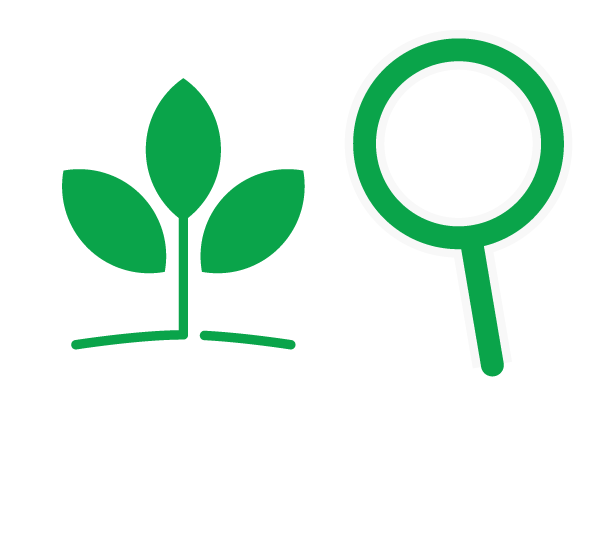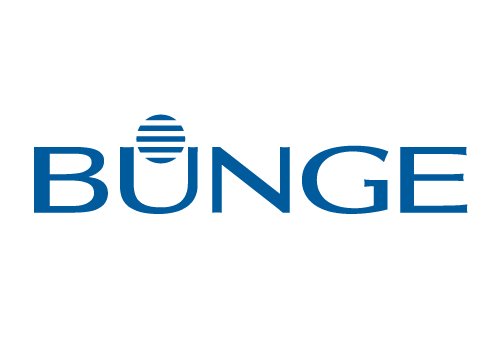
Why we do it
Tackling deforestation and conversion risks begins with a transparent and credible picture of where soy comes from. By tracing soy all the way to the farm and being able to identify its link to deforestation, conversion or other environmental or social risks at the farm level, SCF members can focus their efforts where they matter most and measure progress to eliminate soy-driven conversion and deforestation in the Cerrado.

Where we are
Traceability to farm for direct suppliers
In June 2021, the SCF announced an expansion of its scope to ensure the coverage of 70% of the risk of conversion of vegetation native to the Cerrado. To match this raised ambition, members have committed to improving the accuracy of their traceability information by using GPS polygons to monitor their direct suppliers (instead of single GPS points, which are less accurate).
As disclosed in individual company reports, each SCF member company has been capable of tracing 95% of its Cerrado-sourced soy to farm for direct suppliers. The majority of SCF members have, in fact, exceeded this threshold, set as a minimum.
Mapping of indirect suppliers and setting a common approach for engagement
This year, the majority of SCF members were also capable of mapping 100% of their indirect suppliers to the first point of aggregation in all 61 focus municipalities, as committed to in June 2021. Building on this first step, the SCF’s collective ambition will further its efforts and work to provide enhanced traceability to indirect sourcing through collaborative relationships with suppliers. We are proud to present the strategy that SCF members will follow to engage with their indirect suppliers to increase monitoring capacity.
In 2022, SCF members will communicate to their indirect suppliers (in the 61 focus municipalities) the work the group has done so far as well as its upcoming expectations to establish auditable traceability systems to monitor their own suppliers. This will be carried out according to the following process:
- The SCF will provide recommended guidelines for intermediaries to monitor their sourcing farms, which will encompass:
-
-
- The collection of traceability data from the farms from which they source, based on the total GPS-based polygon area of the farm, through the public Brazilian Cadastro Ambiental Rural (rural environmental cadaster – CAR) registration system;
- The yearly monitoring of land-use changes at their sourcing farms, including all clearing of native vegetation;
- The reporting of the percentage of volumes traded to SCF members that are deforestation- and conversion-free (according to SCF’s deforestation- or conversion-free (DCF) methodology).
-
-
Progress tracking on this task will start in June 2022 by reporting on the percentage of soy volumes from suppliers engaged in the process described above. SCF members expect to disclose more data later, including soy volumes from suppliers that have traceability systems and monitoring of their own soy supply chain. With this gradual approach, we aim to share the evolution of our partners to meet the value chain’s goal for transparent and accountable soy supply chains.
The objective of such monitoring is to identify efficient incentives aimed at intensifying production versus crop expansion, which requires further land clearing. In the future, suppliers may be invited to help map deforestation hotspots and draft and deliver incentives for sustainable production.
Define a common approach to report soy sourced by joint venture partners
Furthermore, the SCF has developed a common methodology to report on soy volumes sourced by joint ventures associated with members. It is available in the Methodologies and references section, which comprises all sourcing scenarios and provides direction to companies on the classification and reporting requirements on these volumes. This milestone takes the SCF one step further toward providing accountability and transparency for the entire soy supply chain.
Define a common approach to report on deforestation-/conversion-free soy
Lastly, SCF companies reinforced their commitment to providing further disclosure on the measuring and reporting of the proportion of soy volumes that are deforestation- or conversion-free in all 61 focus municipalities.
The methodology combines two layers of information:
- An index of the DCF footprint of each company, per focus municipality and based on verified company data, and
- An SCF-wide index of the DCF footprint for all focus municipalities, based on public databases.
This two-fold approach will allow companies to track their individual impact locally while also providing public accountability for our collective progress at the landscape level over time.
The detailed methodology is available in the Methodologies and references section.







